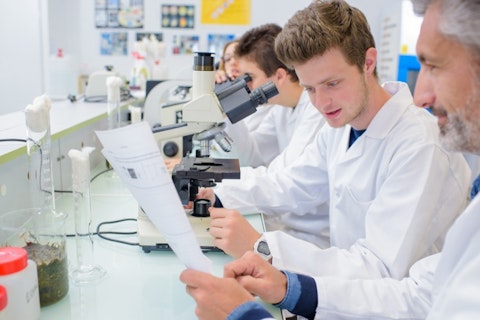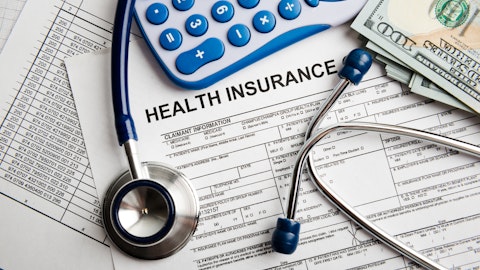If you want to become a pharmacist, but have a hard time deciding where to begin your journey, take a look at our list of the best undergraduate pharmacy schools in the US. We hope it will make your decision a bit easier.
If you are interested in pharmacy, there are two ways to go. One is to become a pharmacy technician and the other one is to become a certified pharmacist. Of course, becoming a pharmacy technician is the easier way to go in terms of getting the required qualifications, but you’ll make a lot less money. Pharmacy technicians basically help pharmacists with their work dispensing medications. They usually work at the drug and grocery stores, but some opt for work in hospitals. There are lots of pharmacy technicians that work part time. In order to become one, you would have to obtain a high school diploma or equivalent. Depending on the state’s law, pharmacy technicians can learn through on-the-job training or obtain a formal education. Most of the states require pharmacy technicians to complete a training program and pass the exam. If you become one, the odds of getting an employment look rather positive. Bureau of Labor Statistics projects that there will be a 9% increase in employment within the occupation from 2014 to 2024 resulting in 34,700 new jobs. When it comes to money, pharmacy technicians earned $30,920 per year or $14.86 per hour median wage in 2016. In case you are interested in other aspects of medicine, check out our list of the Easiest Medical Schools to Get Into.

Phovoir/Shutterstock.com
For those of you that have higher aspirations and want to become pharmacists, the road ahead of you isn’t an easy one. First, you will need to obtain an undergraduate degree. Although there are plenty of undergraduate programs you can complete, most people choose to obtain a bachelor’s degree in pharmacy, biology or chemistry. This way you will be better prepared for pharmacy schools that offer graduate programs and enable you to earn your Doctor of Pharmacy degree. Most pharmacy programs take 4 years to finish, but there are some programs that take 3 years. There are also schools that offer 6-year programs and admit high school graduates. For those of you looking an easy way to become a pharmacist, check out our list of the Least Competitive Pharmacy Schools in America.
If you are having second thoughts about this occupation, know that you can expect median annual wages of $122,230 or $58.77 per hour. For comparison, median annual wages average for all occupations was around $37,000 in 2016. Unfortunately, the job outlook isn’t that much great. It is projected by the Bureau of Labor Statistics that there will be just a 3% growth in employment within the occupation from 2014 to 2024, resulting in 9,100 new jobs. Alaska, California and New Hampshire are the states that offer the biggest average wages for the occupation. California is also the state that employs the largest number of pharmacists (29,100) and where the most jobs (900) will be available in the future. Texas, New York, and Florida are the states that will see an increased demand for this occupation as well.
In order to get our list of best undergraduate pharmacy schools in the US, we decided to combine the US News scores for best pharmacy schools in the United States (based on the survey of academics) with NAPLEX (North American Pharmacist Licensure Examination) pass rates into our own IM Score. Although these rankings do not directly reflect undergraduate schools, the majority of these universities offer undergraduate pre-pharmacy programs that offer guidance to students and give them a good foundation for pharmacy school. If a school’s graduate program is good, its undergraduate program should be great as well. Of course, universities that don’t offer distinctive undergraduate pharmacy and pre-pharmacy programs didn’t enter our list. Let’s take a look at it.





